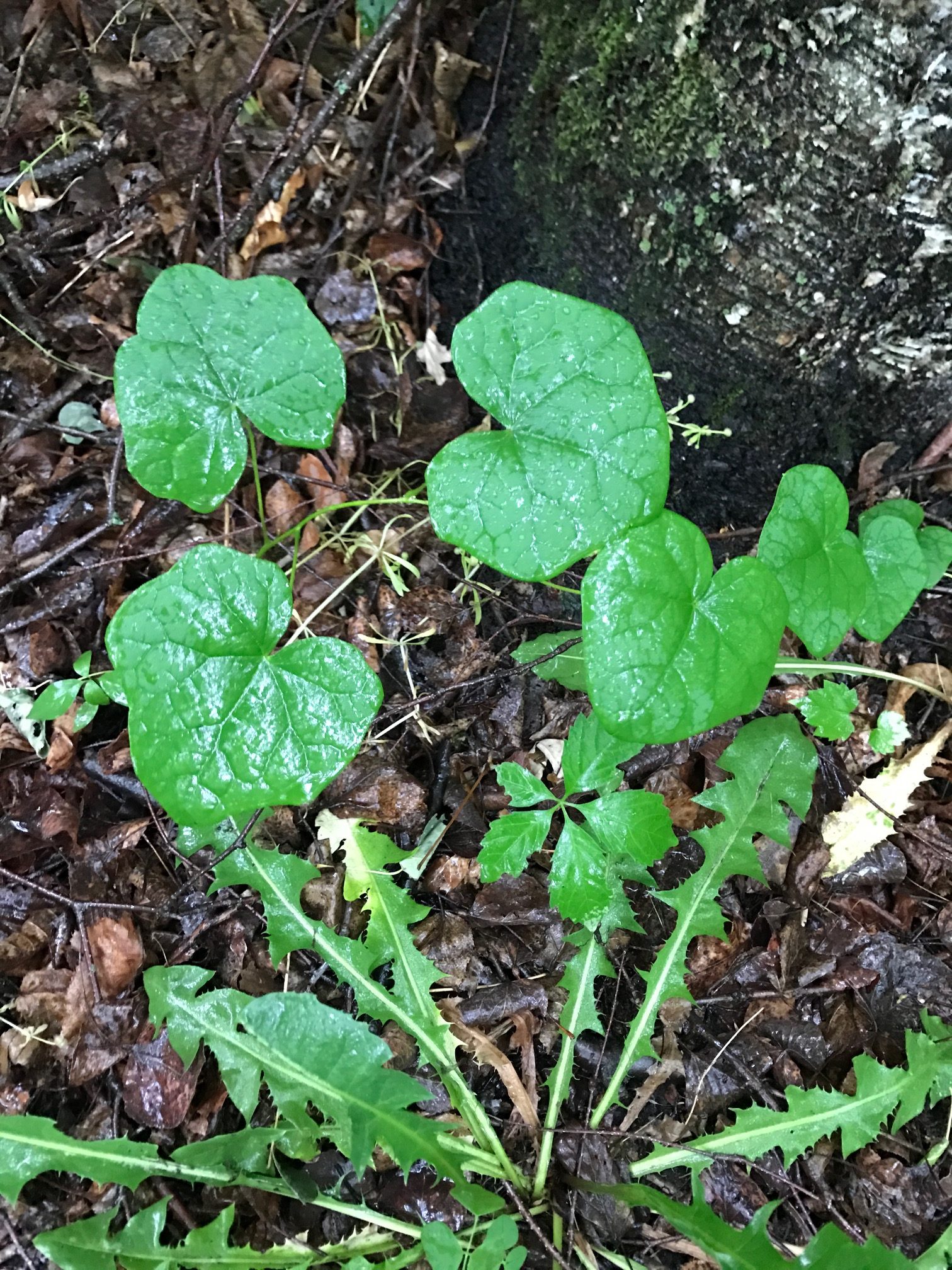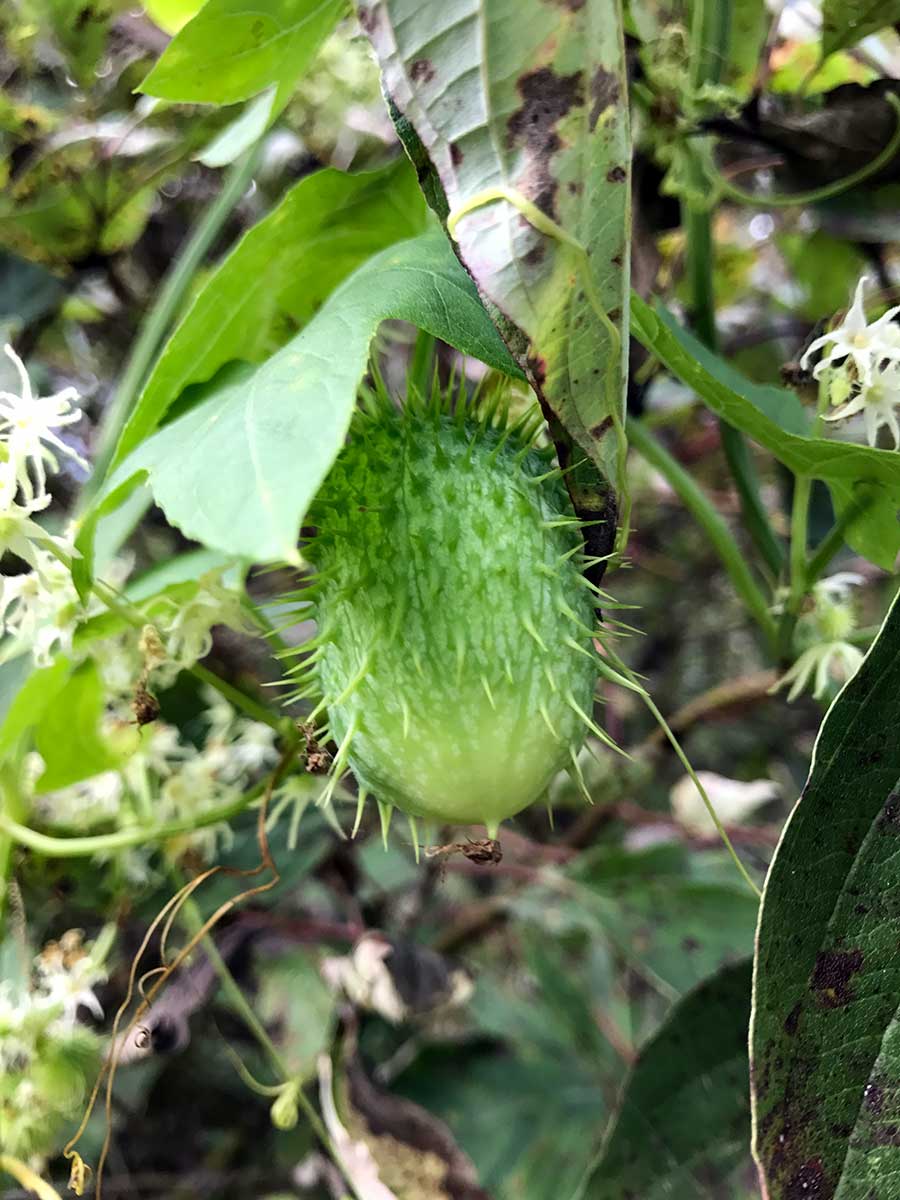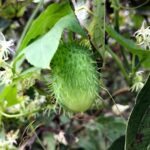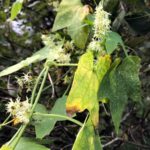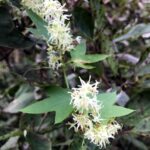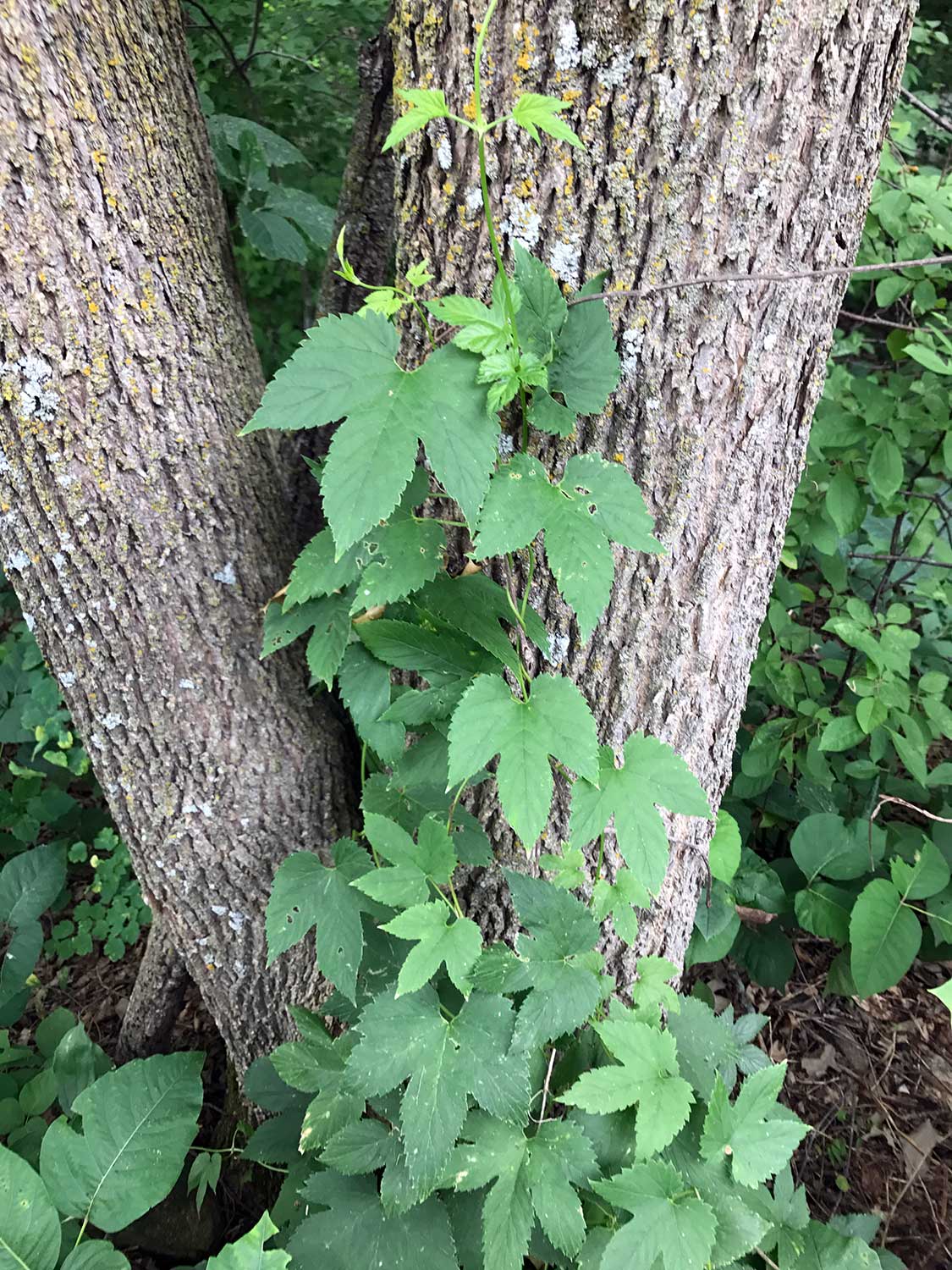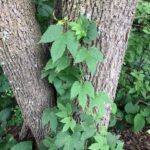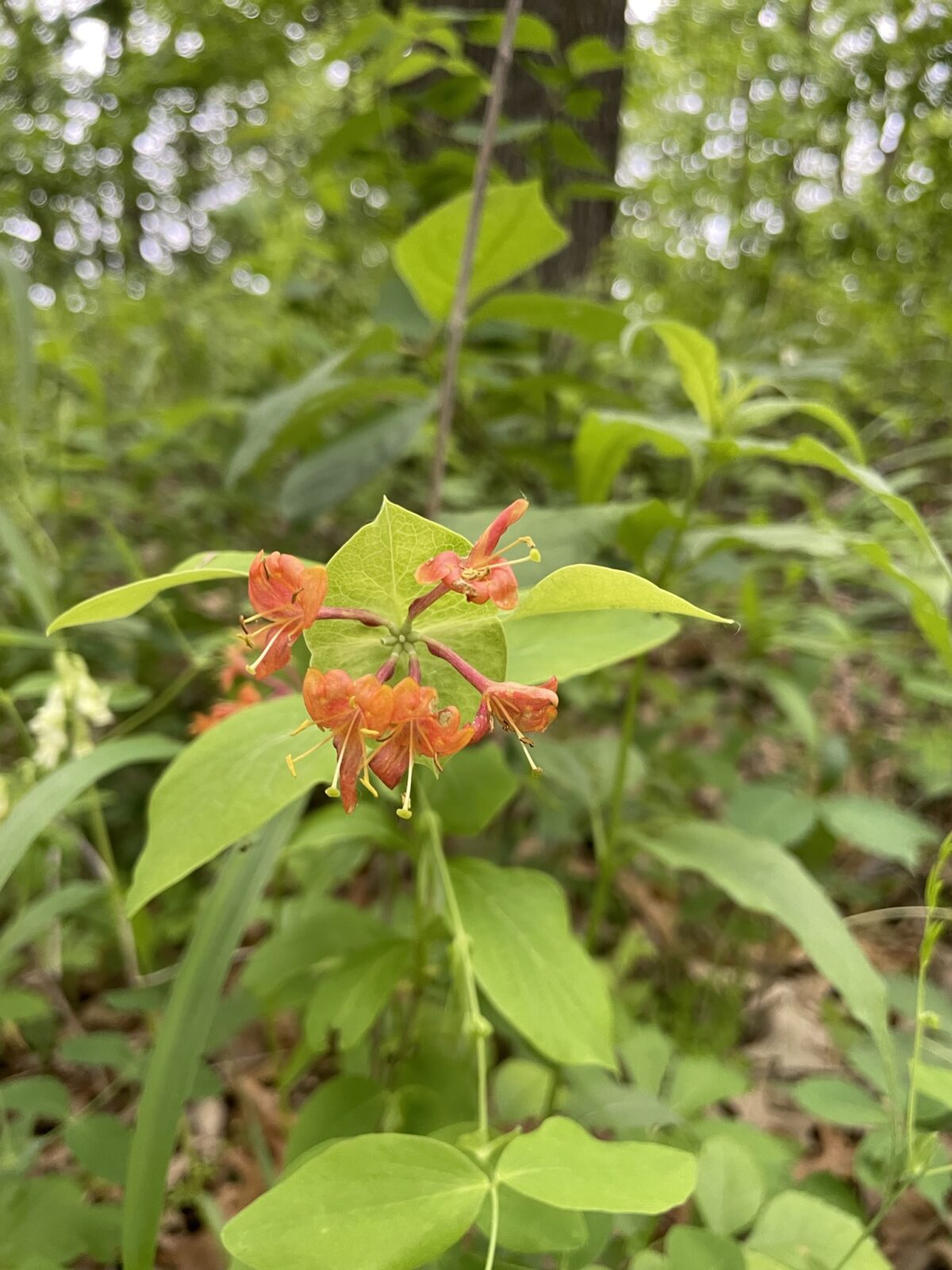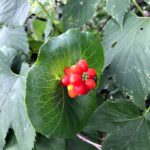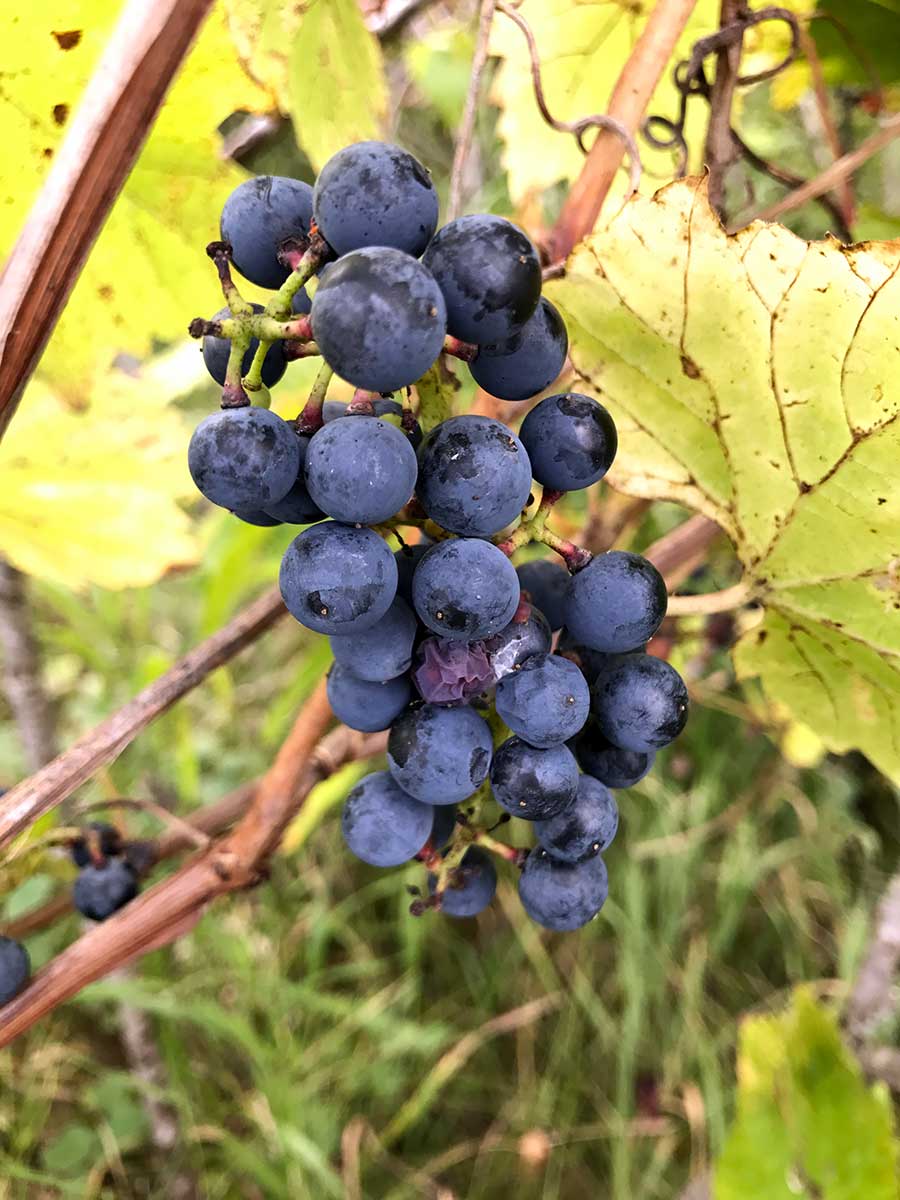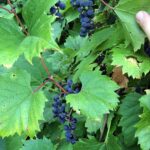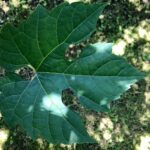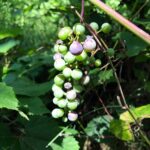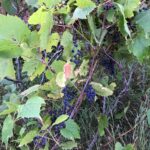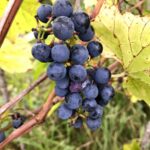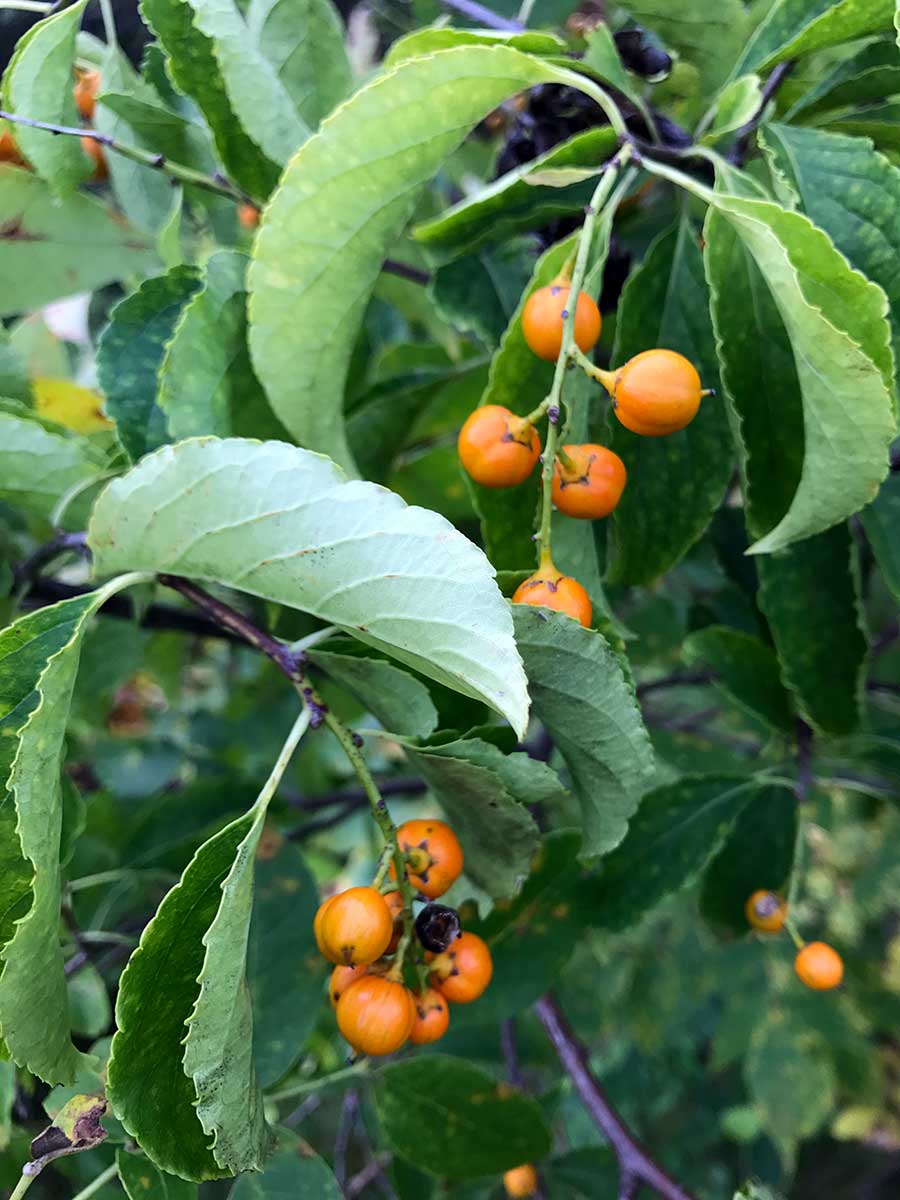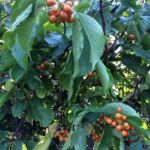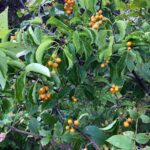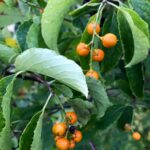Native To State: YES
Naturally Occurring: YES
Description
Appearance: Wild cucumber is a vigorous annual vine that can climb and sprawl over nearby vegetation.
Leaves: The leaves of Echinocystis lobata are alternate, palmately lobed with five shallow lobes, and roughly triangular in shape.
Flowers: The plant produces small, greenish-white flowers in clusters, which are not as showy as those of some other cucurbit species.
Fruits: After flowering, wild cucumber forms large, spiny, and balloon-like fruits that give rise to its common name “wild cucumber.”
Habitat: This species is native to various regions of North America and can be found in a variety of habitats, including woodlands, thickets, and along stream banks.
Distribution: Wild cucumber is found in regions ranging from eastern Canada to the central and eastern parts of the United States.
Conservation: Echinocystis lobata is not considered a threatened species, and its rapid growth contributes to its ecological role in covering open areas and providing shelter for wildlife.
Other Species: Echinocystis lobata is part of the Echinocystis genus, which includes other cucumber species with diverse characteristics.
Wild cucumber is appreciated for its rapid and exuberant growth, making it a captivating sight as it climbs and spreads across its surroundings. While not commonly cultivated in gardens, it is a valuable native plant in natural
Occurrence
Found sporadically throughout the property

